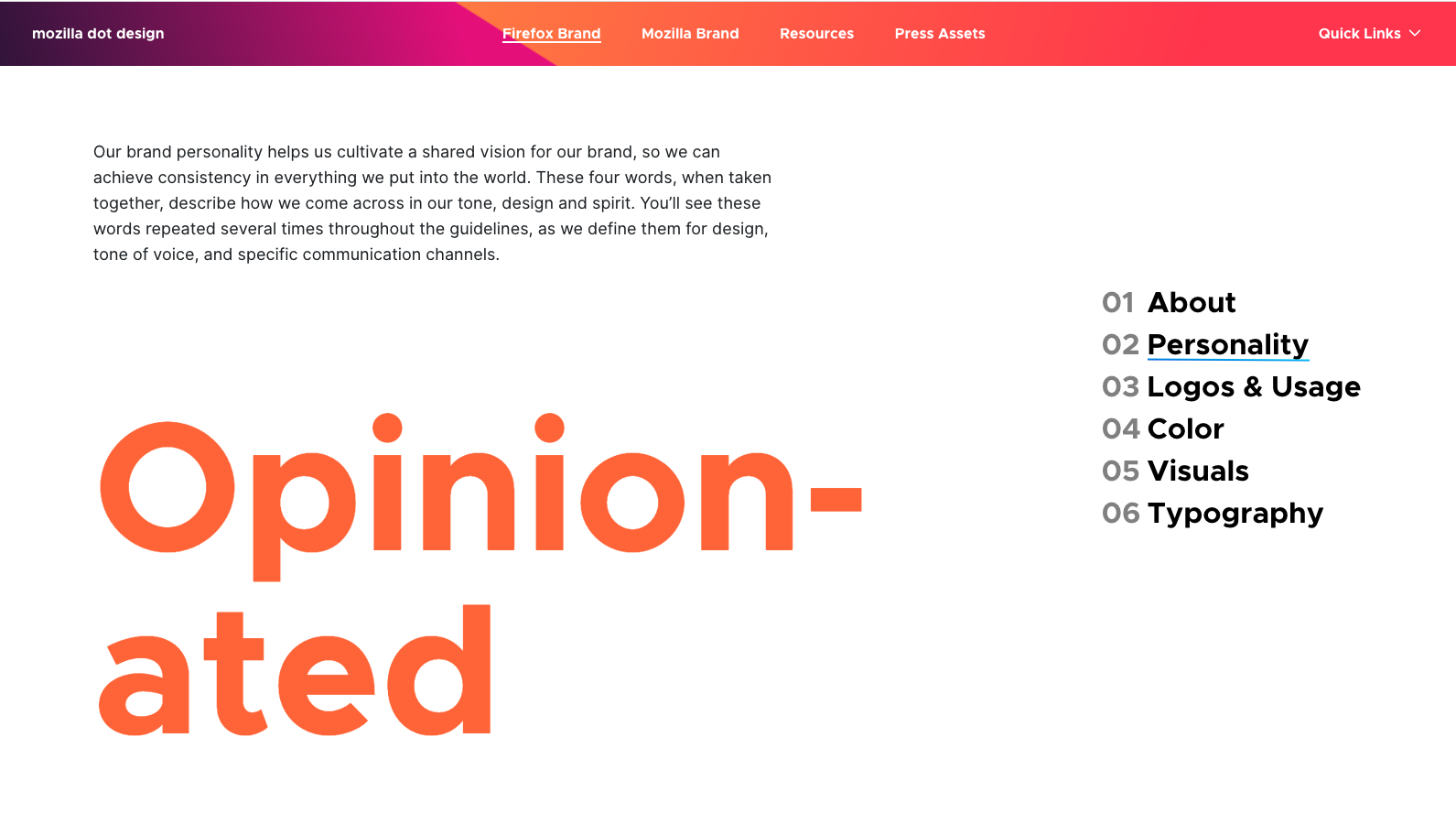You’re searching for someone, a pro, to take your company’s branding and design to the next level. But where do you start? Well, if you’re like most people, you may have hit up Google or relied on a referral from a trusted source.
But once you have a few candidates in mind, what should you look for to ensure you and the agency mesh well?
First, they understand what you want to accomplish
It’s one thing to understand how branding and design intersect. But it’s another to pair this knowledge with business and use it to get results. For any design partner you’re considering working with, they’ll have to fully understand your KPIs and your short- and long-term goals.
Most of this information is revealed during those initial meetings with the creative agency. And it’s when they’ll ask lots of questions to get clear on your needs. Your answers to these questions help designers get on your level, so each design iteration aligns with what you want to accomplish.
Second, their expertise matches your industry
When a designer knows your industry, there’s a shorter learning curve to understand your business and its products or services. But this industry experience also needs to include working on the types of campaigns you have in the queue. Here are a couple of ways to vet the agency’s background beyond looking at their client list.
– Check out their portfolio of work
Do you see anything similar to what you’re looking for?
– Look for case studies
Are there results listed for the projects?
And when it comes to style, the right design partner for you will be able to capture the essence of your brand.
Third, they have processes in place and use ‘em
Processes. They’re the one thing that keeps everyone aligned, efficient, and productive. And it’s how they’re able to move your project along.
But before embarking on any new partnership, you’ll want to know what a branding and design agency’s process is before, during, and after the project. If you’re unsure about how to find out this information, here are a few questions to ask:
Who will be the day-to-day contact?
In many cases, you’ll have a dedicated client contact, usually a client services representative or even a creative director, depending on the organization. When you have a question, you’ll have a direct line to this person.
What is their discovery process like?
As part of the design and branding process, there’s a gathering of insights known as ‘discovery.’ Discovery happens before anyone begins working on the creative part of the project. It includes getting information about direct and indirect competitors, delving into customer perceptions, and analyzing the current market landscape.
This work is done upfront to prevent the team from delivering something way off from the original project brief. And it’s important to know if this is something built into the agency’s process.
How will projects be delivered?
Before moving a single pixel or brainstorming meeting takes place, you’ll work with the agency before the project to establish timelines, review sessions, and implementation (if needed). If there are any specific requirements for delivering the final creative design (file type, size, format, etc.), your agency contact will also address this.
Fourth, they’re organized
The one thing you don’t need to worry about while working with an agency is hunting down your contact. To keep all of those projects running smoothly, design teams communicate openly with each other – and with you.
Even though many agencies have their own internal tools in place, it’s not uncommon to work with a client’s internal software. For example, we use a project management system to communicate internally, but in the past, our team has also worked with clients using Asana, Basecamp, and other applications.
These apps create transparency for everyone and cut down on emails flying back and forth.
Bonus: They prove their value to your business
‘Aha!’ moments happen when people can collaborate and build on each other’s ideas. When you work with an agency that’s invested in your success, they’re always going to come with their A-game, presenting new ideas and approaches to move your business upward.
For these creative thinkers, us included, it’s the opportunity of solving a business challenge using design that gets us out of bed in the morning.
Conclusion
The right combination of brains, creativity, and a clear understanding of your business goals is what takes your branding and marketing to new heights.
Getting there means partnering with a branding and design agency that does more than flex its creative muscles. The right creative partner will also have the intellectual chops and business savvy to help you build a brand gains–and maintains–traction.



